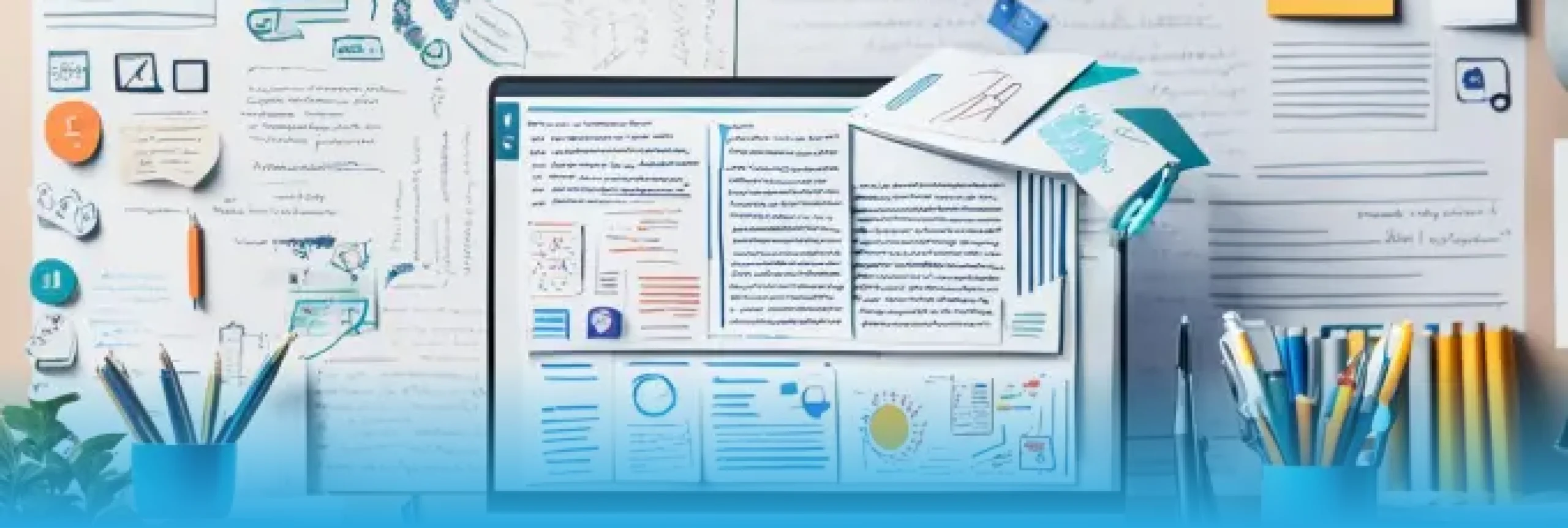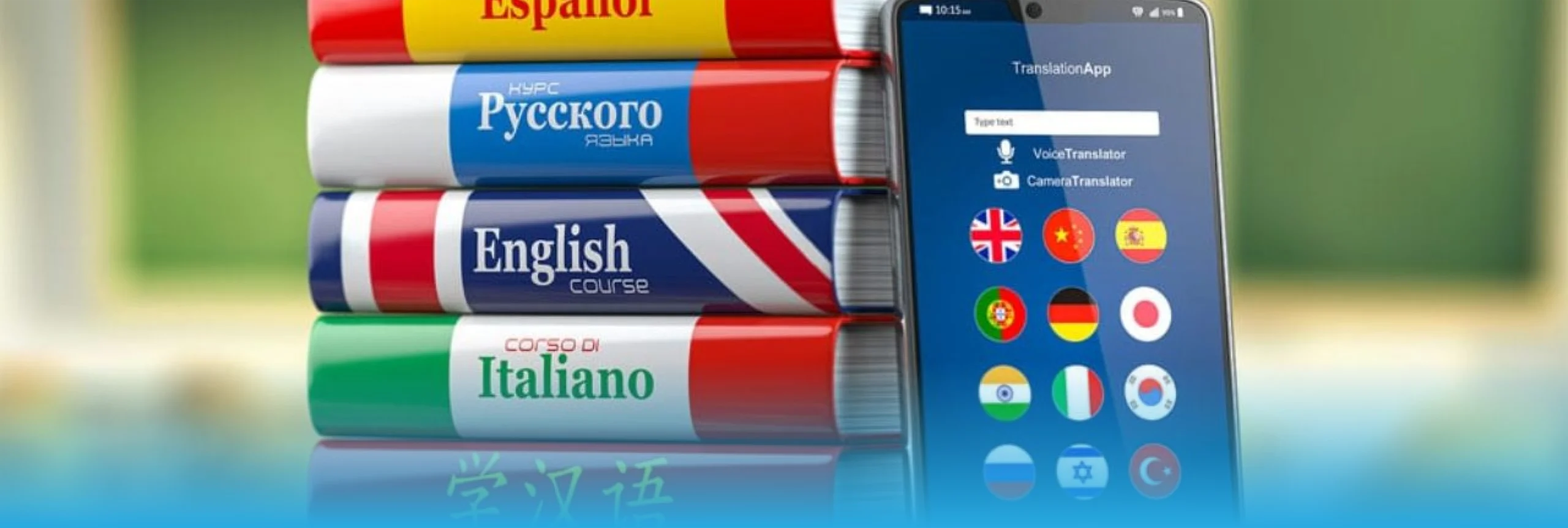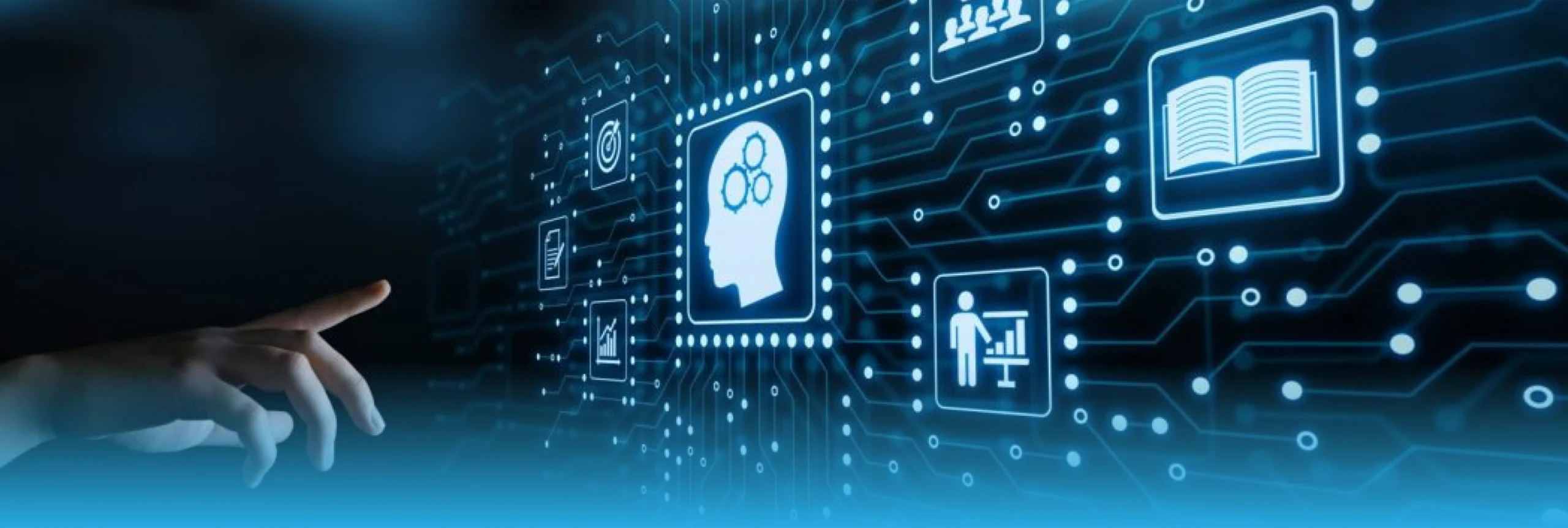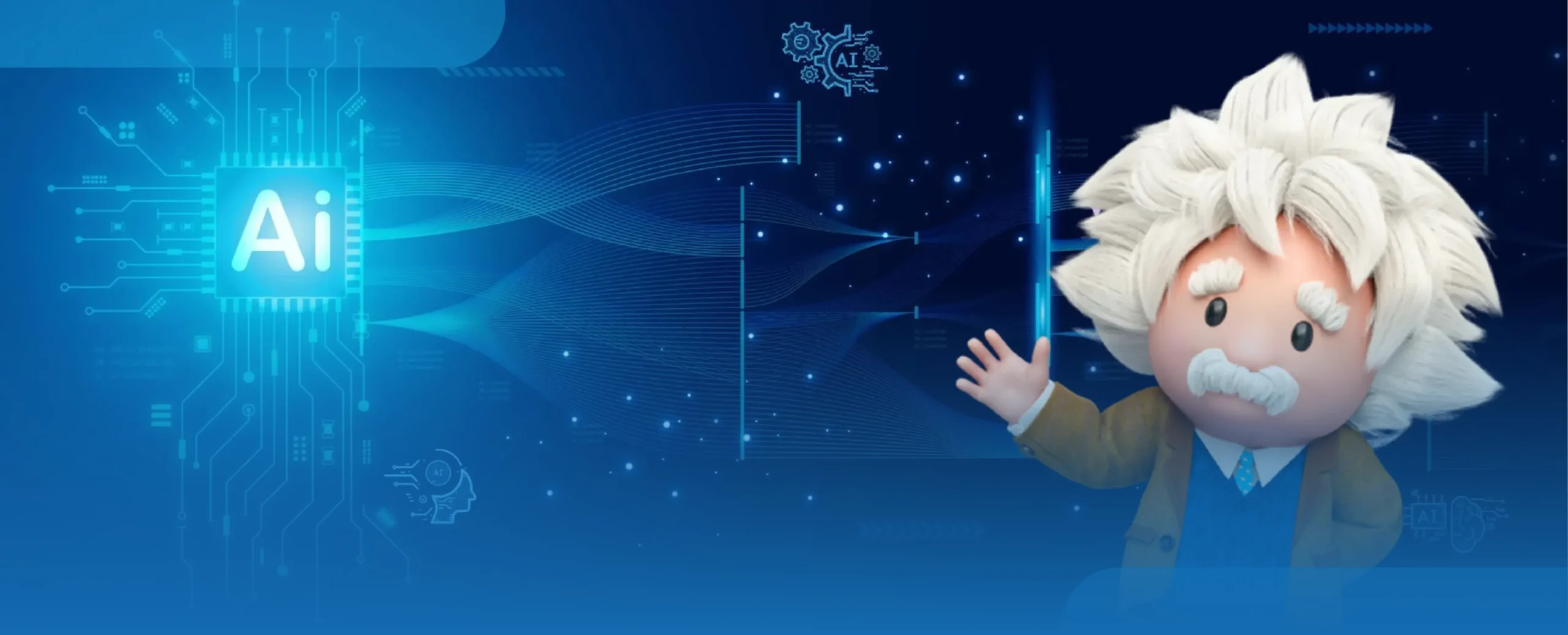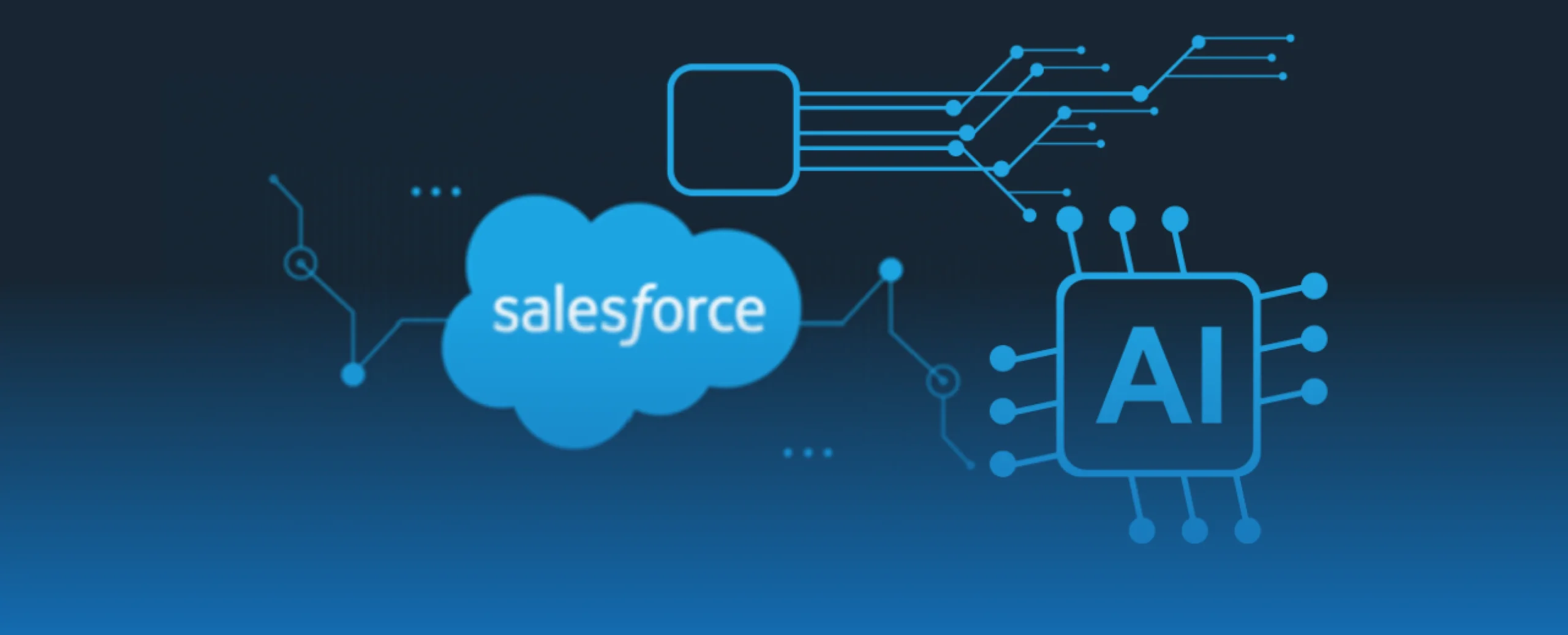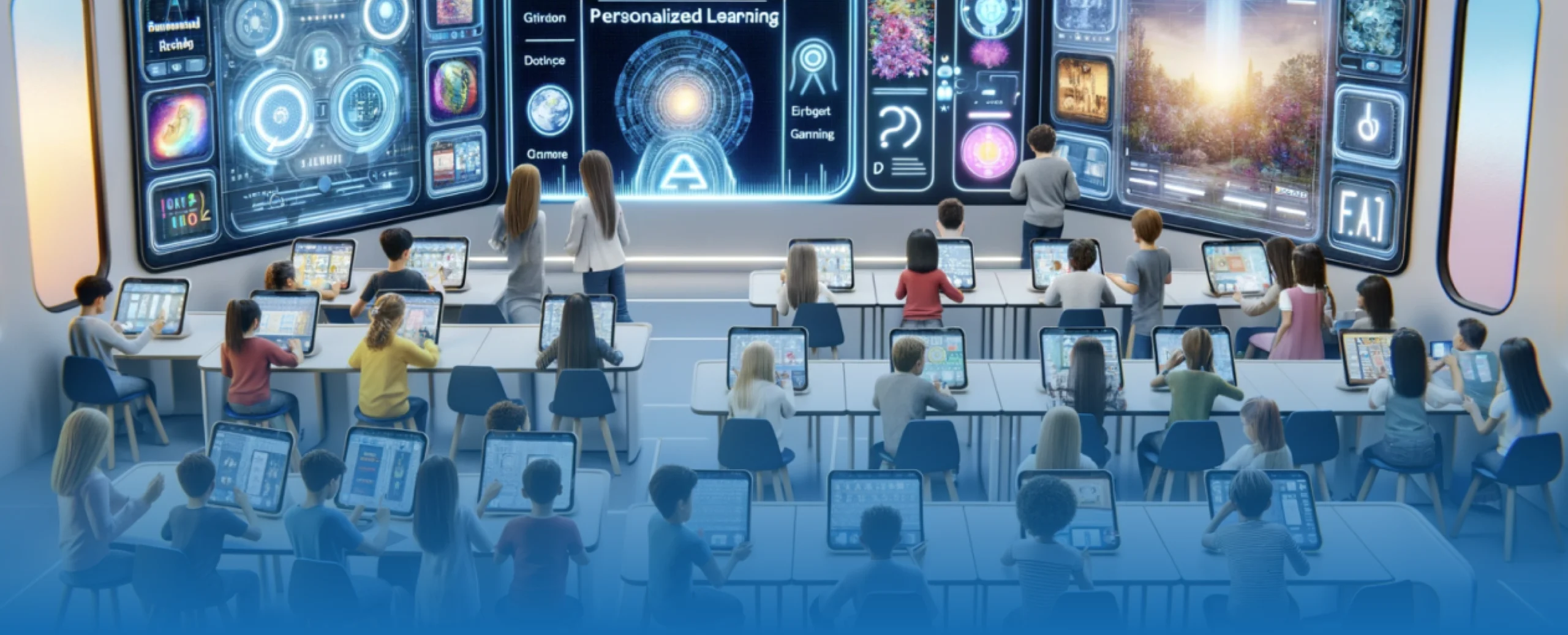
LLMs in Education: Personalized Learning and Teaching
Introduction
In recent times, Large Language Models (LLMs) like ChatGPT have become very popular and are making a big impact in many different areas. One of the most exciting fields where they can bring real change is education. These AI tools can do a lot to improve both learning for students and teaching for teachers.
For students, LLMs can make learning more personalized. This means that each student can get help that fits their own learning style, pace, and needs. If a student is struggling with a certain subject, the AI can offer extra explanations, practice problems, or even answer questions in a simple, clear way. For students who learn faster, it can offer more advanced material to keep them challenged and engaged.
Teachers can also benefit from using these tools. LLMs can assist them by helping to create lesson plans, quizzes, or homework assignments quickly. Instead of spending hours on planning, teachers can focus more on their students. The AI can also suggest new ways to teach difficult topics, making lessons more creative and interactive.
In this article, we’ll explore what Large Language Models (LLMs) are, how they are currently being used in education sector, the potential they hold for the future, and the challenges that come with them.
What is LLM and how it helps in Education?
Large Language Models (LLMs) in education are AI tools that can understand and generate human-like text. They can help students learn and assist teachers in their work.
For example, an LLM can act like a personal tutor for students. If a student has a question about math, they can type it into a chat with the LLM. The AI can explain the concept in simple terms, provide examples, or give practice problems to solve. This way, the student gets help tailored to their specific needs.
Teachers can also use LLMs to create lesson plans. Instead of spending hours planning a lesson, a teacher can ask the LLM for ideas on how to teach a topic. The AI can suggest activities or quizzes to help the teacher prepare a structured guide for the lesson.
Overall, LLMs can make learning more interactive and help both students and teachers in their educational journeys.
Statistics
According to a new report by Grand View Research, the global AI in education market size is expected to reach USD 32.27 billion by 2030.
How LLMs helps with personalized learning?
Personalized learning means tailoring education to each student’s individual needs, strengths, and pace. Traditionally, teachers have tried to do this by creating custom lesson plans or giving extra help to students who need it. However, this is time-consuming, and it’s tough for teachers to manage on their own, especially with large classes.
Large Language Models (LLMs) can make learning journey easier for each student by understanding their individual needs and preferences. Here are a few ways they do this:
 Learning Pace
Learning Pace
Every student learns at a different speed. Some may need more time to understand a concept, while others might be ready to move on quickly. An LLM can adapt to this by providing more practice or explanations for students who need it and offering advanced material for those who are ready to go further.
 Customized Practice
Customized Practice
LLMs can generate practice questions based on what a student is learning. If a student is preparing for a spelling test, the AI can create a list of words for them to practice, focusing on the ones they find challenging. This helps students improve in specific areas where they need more support.
 Tailored Explanations
Tailored Explanations
If a student is having trouble with a specific topic, like fractions in math, they can ask the LLM for help. The AI can provide explanations at the student’s level, using simple language and examples that make sense to them. For instance, it might say, “Imagine you have a pizza cut into 4 equal slices. If you eat 2 slices, you have eaten 2 out of 4, or 2/4 of the pizza.” This approach helps students grasp difficult concepts better.
 Feedback and Support
Feedback and Support
After a student completes an assignment or quiz, the LLM can give instant feedback. If a student makes mistakes, the AI can explain what went wrong and how to improve. For example, if a student answers a math problem incorrectly, the AI might say, “Let’s go through it step by step to see where you got confused.”
Overall, LLMs make learning more personalized by providing support that fits each student’s unique needs, helping them learn at their own pace and style.
Real-Life Examples of LLMs in Education
Here are some real-life examples of how Large Language Models (LLMs) are being used in education:
These examples show how LLMs are being used in real-life education to support students and teachers, making learning more accessible and personalized.
Challenges and Limitations of LLMs in Education
While Large Language Models (LLMs) offer great benefits, they also come with challenges and limitations in education. Here are some of the key issues:
Future Possibilities of LLMs in Education
The future of Large Language Models (LLMs) in education looks promising, with many exciting possibilities. Here are some ways they could shape the future of learning:
 More Personalized Learning Paths
More Personalized Learning Paths
In the future, LLMs could create even more personalized learning experiences for students. They could track a student’s progress over time, identify strengths and weaknesses, and adjust lessons to suit their unique learning style.
For example, if a student struggles with algebra but excels in geometry, the AI could focus more on improving their algebra skills while still challenging them in geometry.
 Real-Time Feedback
Real-Time Feedback
LLMs could provide instant, real-time feedback on assignments and quizzes. Instead of waiting for a teacher to grade an assignment, students could receive immediate insights on their work, along with suggestions for improvement. This would help student’s correct mistakes and learn faster.
 AI-Based Virtual Classrooms
AI-Based Virtual Classrooms
Virtual classrooms with LLMs could offer interactive and engaging lessons. These classrooms could allow students to ask questions and receive instant responses from the AI, or participate in discussions guided by AI moderators. This would make online education more dynamic and accessible.
 24/7 Tutoring Support
24/7 Tutoring Support
With advancements in LLMs, students could have access to a 24/7 AI tutor that helps them whenever they need assistance. Whether it’s homework help late at night or preparation for an exam, students could rely on AI for guidance, so they will always have support outside of regular school hours.
 Special Education Support
Special Education Support
LLMs could be designed to assist students with special learning needs. For example, AI tools could be tailored to provide lessons for students with learning disabilities or adapt content for those with different learning styles.
 Improving Teacher Training
Improving Teacher Training
LLMs could be used to train teachers by virtual classroom scenarios and offering feedback on how to handle different situations. Teachers could practice engaging with students, managing classroom behaviour, or teaching complex topics, all in a virtual environment before applying it in real life.
 Multilingual Learning Support
Multilingual Learning Support
As LLMs improve, it could break language barriers by offering real-time translations or providing lessons in multiple languages. This would make learning more accessible to students who speak different languages or attend schools in diverse communities.
 Collaborative Learning Tools
Collaborative Learning Tools
LLMs could create collaborative learning environments where students work on projects together with the help of AI. The AI could suggest ideas, mediate group discussions, or help resolve conflicts, encouraging teamwork and communication skills.
Conclusion
While Large Language Models (LLMs) can help make learning easier by providing support and resources, it won’t replace teachers. Instead, LLMs will assist teachers by helping them create better lessons, offer personalized learning, and make education more effective for all students.
The future possibilities of LLMs in education looks promising and exciting. However, it’s important to continue addressing the current limitations of LLMs such as accuracy, bias, and privacy to ensure it is being used responsibly and effectively in education. If done right, LLMs could play a major role in creating a future where learning is more engaging and accessible for all students.
-
F
-
A
-
Q
LLMs (Large Language Models) are AI tools that understand and generate human language. They can answer questions, explain topics, and even help with writing tasks. In education, they help both students and teachers by providing personalized learning experiences.
LLMs can adapt lessons to each student’s needs by:
- Simplifying explanations for students who need extra help.
- Providing instant answers to student questions, without having to wait for a teacher.
- Creating practice exercises tailored to individual learning progress.
LLMs are already being used in:
- Chatbots that act as tutors in apps like Duolingo to help with language learning.
- Tools for teachers to help them quickly create lesson plans, quizzes, and educational content.
- Writing assistance where students get help with grammar, writing ideas, or understanding difficult topics.
In the future, LLMs could:
- Create completely customized learning paths for each student, adjusting lessons based on individual performance.
- Lead virtual classrooms, adapting content in real-time to match each student’s pace.
- Evolve into highly sophisticated AI tutors, understanding not just what to teach but how students learn best.
No, LLMs can assist teachers but won’t replace them. Teachers play an important role in providing emotional support and building social skills in students – things that AI cannot do. LLMs work best when they complement teachers by taking care of tasks like lesson planning or personalized support.
LLMs can:
- Help teachers generate lesson plans, quizzes, and educational materials faster.
- Assist with grading or reviewing assignments.
- Provide ideas for teaching difficult topics in creative ways.
- Reduce the time spent on administrative tasks
Using LLMs in education can be safe, but it’s important to address privacy concerns, check the accuracy of information, and be aware of potential biases. Schools and developers need to implement safeguards to protect student data and regularly update AI systems to prevent issues with outdated or biased information.
LLMs can:
- Provide personalized learning support to students.
- Offer immediate feedback and explanations.
- Help with writing assignments and understanding complex topics.
- Make learning more interactive and engaging.
While LLMs can be helpful, students shouldn’t rely solely on them. LLMs can sometimes provide wrong or incomplete answers. It’s important for students to still engage with teachers and double-check information they get from AI tools.
Want to Scale
Your Business? Let’s Meet & Discuss!

CANADA
30 Eglinton Ave W Mississauga, Ontario L5R 3E7

INDIA
3rd floor Purusharth Plaza, Amin Marg, Rajkot, Gujarat. 360002
Get a Quote Now
Let's delve into a thorough understanding of your challenges and explore potential solutions together

